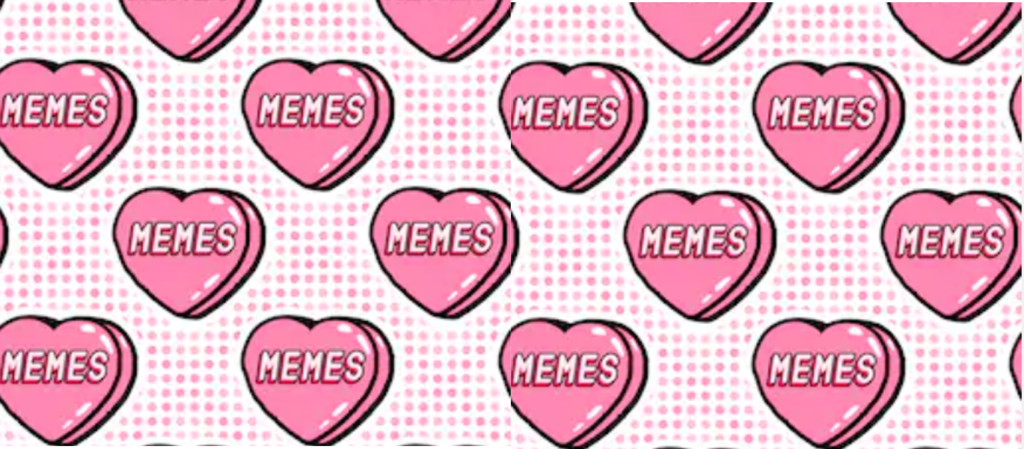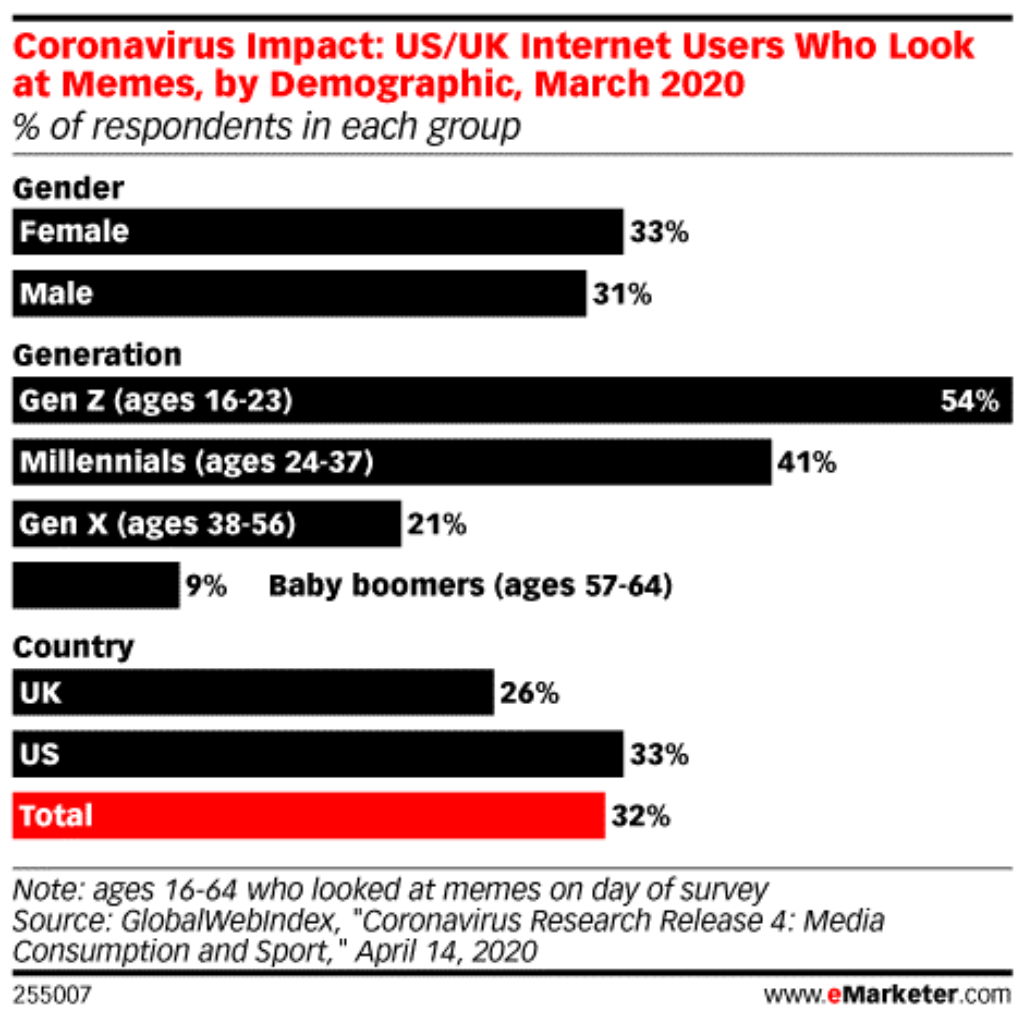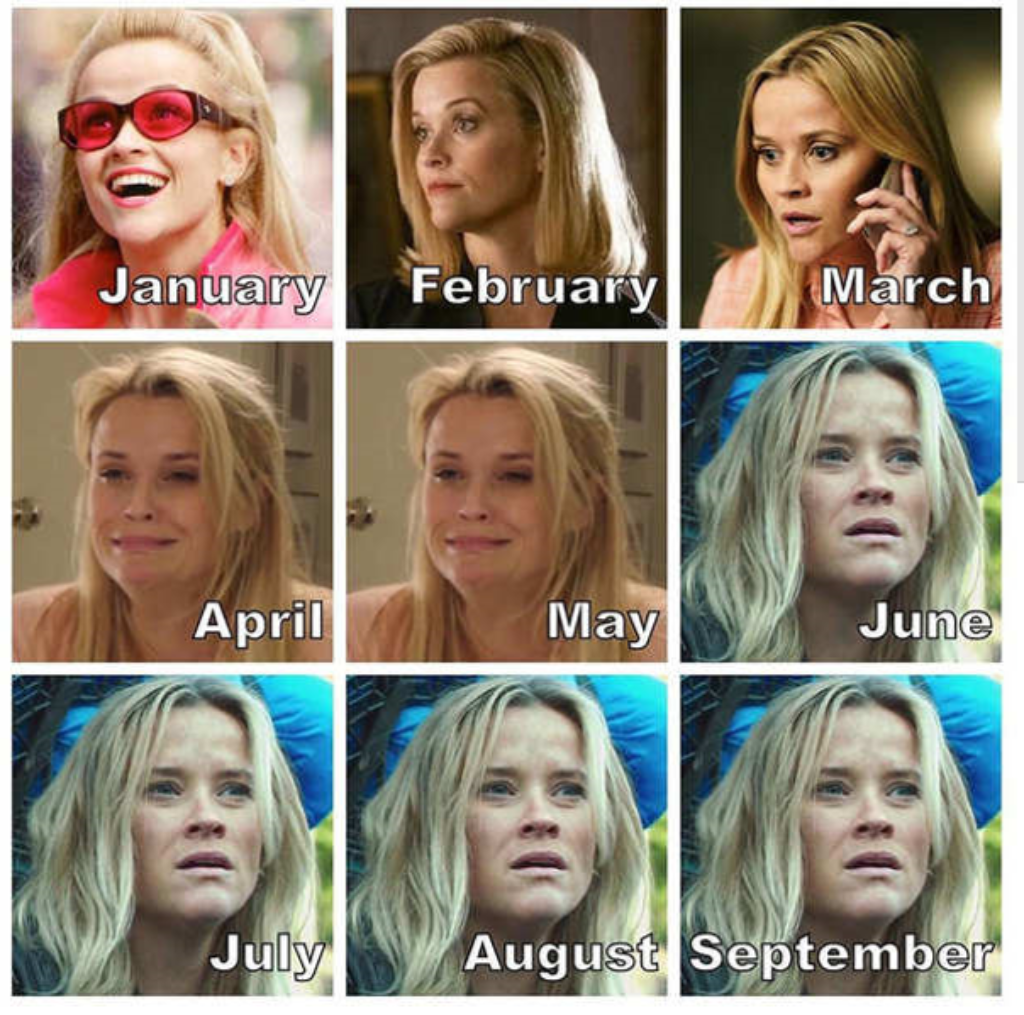* Chief Meme Officer

They’ve been around since the ’90s. Remember dancing babies, ice bucket challenges, “All your base are belong to us,” covfeve, and Rick Astley – all memes that captivated the Internet at one point in time. They filled our email boxes, and eventually our social media feeds.
And you’d think that like AOL, Blackberrys, and MySpace, memes would have simply faded into the digital sunset. They would be a quaint thing of the past. Remember when we used to exchange videos of dancing hamsters?
What exactly is a meme?
According to Wired, the term refers to the ways in which ideas – songs, art, language – morphs and spreads. Add in the Internet in general and social media specifically, and we have jokes, images, and a powerful engine that makes it easy to share them. And thanks to meme generator sites, consumers can make and then post their own personal versions of interpretations.
While memes were typically funny, goofy, or snarky, now they’ve become political – like so many things on the web. Wired call them “snapshots of culture.” And there’s no stopping them.
Already this year, we’ve seen meme ecosystems blossom, often in a matter of hours. At President Biden’s inauguration last January, it was the Bernie Sanders mitten meme that took flight:

That one went on for days, having more “legs” that most memes.
And that tells us memes are often a way for a brand to “tag along” on a trend that is rapidly becoming part of the culture. In a blog post in his “Connecting the Dots” series, Seth Resler highlighted numerous radio stations and talent who seized the moment during the Bernie Sanders phenomenon.
And just a couple weeks ago, it was Ted Cruz – or as he was called in memes – “Cancun Cruz.” The beach and airport memes ran rampant on the web, spreading in just minutes.
web, spreading in just minutes.
But now a difference in the amplification of memes revolves around media attention. When a meme starts trending, and then is covered on multiple television outlets, it can grow exponentially.
Even though memes have been around for a long time, it seems like they’re experiencing a new wave of influence and attention.
During the pandemic in particular, memes are bigger than ever. What gives?
A guest post in Marketing Dive by Adnan Bashir of Hansen Technologies suggests our work/study-from-home environment was made for meme-making. At our fingertips are all the tools of the trade – smartphones, tablets, laptops, and social media access.
Add to that time, angst, and boredom, and it’s the perfect storm for creating and/or sharing memes.
A study by Global Web Index (covered by eMarketer) conducted shortly after the lockdowns began started tracking the proliferation of memes during the pandemic. They are proving to be more popular among progressively younger web users – especially Millennials and Gen Z’s.

If you think that memes generally are always spawned organically, perhaps by a single (albeit warped) person with some skills and a little imagination, think again. More and more often, teams of creative strategists are cooking them up.
Remember that back during Michael Bloomberg’s failed run for the presidency, his campaign specialized in memes. (OK, not all of them were effective.)
And as you might imagine, brands are jumping into the meme end of the marketing pool. According to eMarketer, Chipotle has used memes effectively, combining the creativity of their in-house marketing team with their social media agencies.
Their memes are typically launched on Instagram, and according to their senior manager of social and digital, Candice Beck, part of the magic is to either create their own memes or “repurpose meme content in a way that’s specific to Chipotle.”
And a part of the recipe is to trust your audience to modify the message and/or share it with their own networks of friends and followers. As she notes, “Sometimes our fans communicate our message better than we can, and in those cases, we report their content on our platforms.” That means giving up control, and letting listeners do the heavy lifting.
View this post on Instagram
Meme creation has become more than a whimsical marketing tool. Bud Light Seltzer, for example, hired a CMO – Chief Meme Officer – for a short three month stint for simply coming up with memes that might expand the audience.
View this post on Instagram
According to Bashir, the pandemic has fueled the memosphere, making these viral jokes the “best force multiplier right now.”
And aside from the humor we associate with memes, the fact is they can cut both ways. Done well, memes are another way to tell a story – with the combination of visuals, good timing, and seizing a moment.
The “How it started/how it ended” meme that swept the Internet a few weeks back is a great example of how something that starts out funny can also make an important point or make us aware of something perhaps we didn’t totally appreciate.
Case in point, the meme below from an ICU nurse, showing us what it has been like at her hospital during the many months of the COVID pandemic:
How it started How it’s going pic.twitter.com/cg32Tu7v0B
— Kathryn Ivey (@kathryniveyy) November 22, 2020
Does this “meme mania” justify a broadcasting company hiring someone who specializes in the craft of creating these viral treasures?
Not this year. Or any other year. At a time when most stations are struggling to cobble together an airstaff or rehire their marketing director, bringing a “meme maven” on board is off message.
But tasking digital staffers and social media specialists to focus on “meme making” might be a better use of their time than hoping a tweet or a Facebook post “goes viral.”
Being especially aware of breakout memes – like Bernie’s mittens or “Cancun Cruz” – is a start. Because when the timing is right, an established meme by someone else can be the genesis of an entire campaign that is highly shared – and embraced by your audience.
And then there are the “meme themes,” many of which can be appropriated. “Which Country star are you?” could make the rounds throughout your station’s core audience, perhaps even reaching music fans who may not be aware of your station. For P1s, “Which WMMR jock are you?” hits home in a familiar, fun, and frivolous way. They could even be constructed for sponsorship and advertiser opportunities.
Last year’s calendar memes made the rounds as well. And as 2021 rolls out, they could make a comeback. It might be easy to visualize through the eyes of your big morning talent:

Like GIFs and emojis, memes are part of the fuel of social media. And they are fun and even pleasant diversions on those tiresome work-from-home days where we’d rather be elsewhere.
Boredom + creativity + social media = A winning meme strategy
- Media And Technology In 2025: Believe It Or Not! - April 18, 2025
- In Radio, You Just Never Know - April 17, 2025
- The Secret To Making A Great Podcast (And Great Radio) - April 16, 2025




And the latest on Tik Tok: “Tell me you’re a ____, without telling me you’re a _____”
Some hilarious replies. Even celebrities are doing it!
And the memes just keep on comin’.